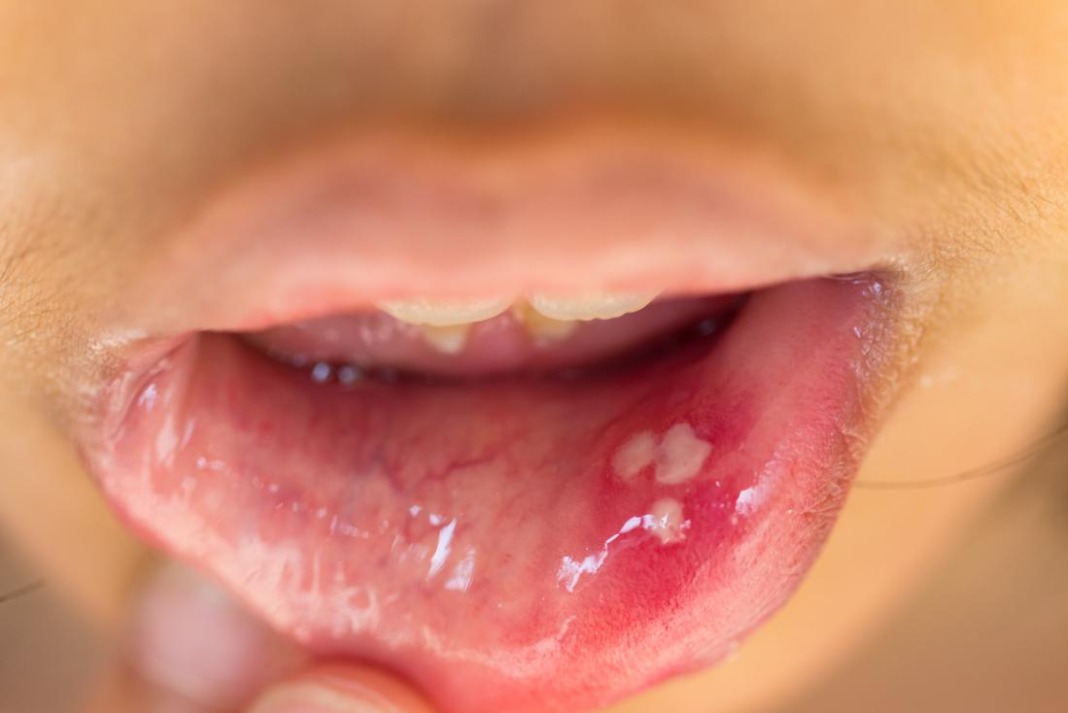HPV, or human papillomavirus, is a term that describes a group of viruses that cause different types of infections in different parts of the body. It is the most common STI because there are over 100 strains of HPV, including the one that causes warts on the genitals, hands, face, feet, etc. Some of the strains of HPV can infect the genitals, including the scrotum, vagina, penis, vulva, rectum and anus.
Human papillomavirus affects the genitals if it is transmitted through sexual contact. However, HPV is usually not harmful; its symptoms are mild and can be treated quickly. Still, some strains can lead to cancer, like cervical cancer, if not detected and treated promptly.
Mode of Tramission of HPV
HPV can be transmitted through any form of sexual contact, which may be vaginal, oral or anal sex; it is mostly sexually transmitted and can affect anyone that is sexually active.
This infection often has no symptoms, but an infected person can still pass the virus to others even without symptoms. Some studies have also shown HPV can be passed from mother to child through vagina birth, but cases like this are rare.
Symptoms of HPV
The symptoms of this infection may not appear on time; it may take years to start noticing them, but the most common symptoms are warts. Some strains of the virus cause warts to form, while others contribute significantly to cancer development.
So HPV can cause:
Genital Warts
The genital warts can form on the vulva, groin area, cervix, anus, penis, or scrotum. They may cause itching, burning, or general discomfort.
The warts may appear as one skin bump, a stem-like protrusion, or a cluster of bumps. Warts also range in size and appearance; they may be cauliflower-shaped or flat, big or small, and they may have pink-red, white, skin-cloured or purplish-brown colour.
Other Types of Warts
Aside from genital warts, the human papillomavirus can also cause plantar warts, common warts, or flat warts. The plantar warts are grainy, hard growths that form on the feet. Common warts are rough bumps that form on the hands and fingers. Lastly, flat warts are slightly raised lesions with flat tops; they often appear on the neck or face, and they are darker than their surrounding skin.
Treatment
There is no cure for human papillomavirus, but the symptoms can be managed with different treatments. Also, in most cases, HPV goes away on its own within two years without causing any further health problems like cancer, but if it doesn’t go away, it will keep causing warts and may cause cancer later.
HPV vaccination is always recommended to reduce the risk of cervical or other forms of cancer. To manage the symptoms of HPV, which is usually warts, one of the following treatment options may be recommended.
- Cryosurgery: This involves freezing the warts or destroying any abnormal cell growth with liquid nitrogen.
- Cold knife Cone Biopsy (Conization): This removes the cervical tissue containing abnormal cells.
- Trichloroacetic Acid (TCA): The use of chemical treatment to burn off warts.
- Electrocautery: The use of electrical current to burn off wart.
- Prescription Cream: This involves the use of medicated cream like imiquimod (Aldara®) or podofilox (Condylox®) directly on the warts to kill them.
- Laser Therapy: Using intense light to destroy warts or abnormal cells.
- Loop Electrosurgical Excision Procedure (LEEP): Using a special wire loop to remove warts on the cervix.



